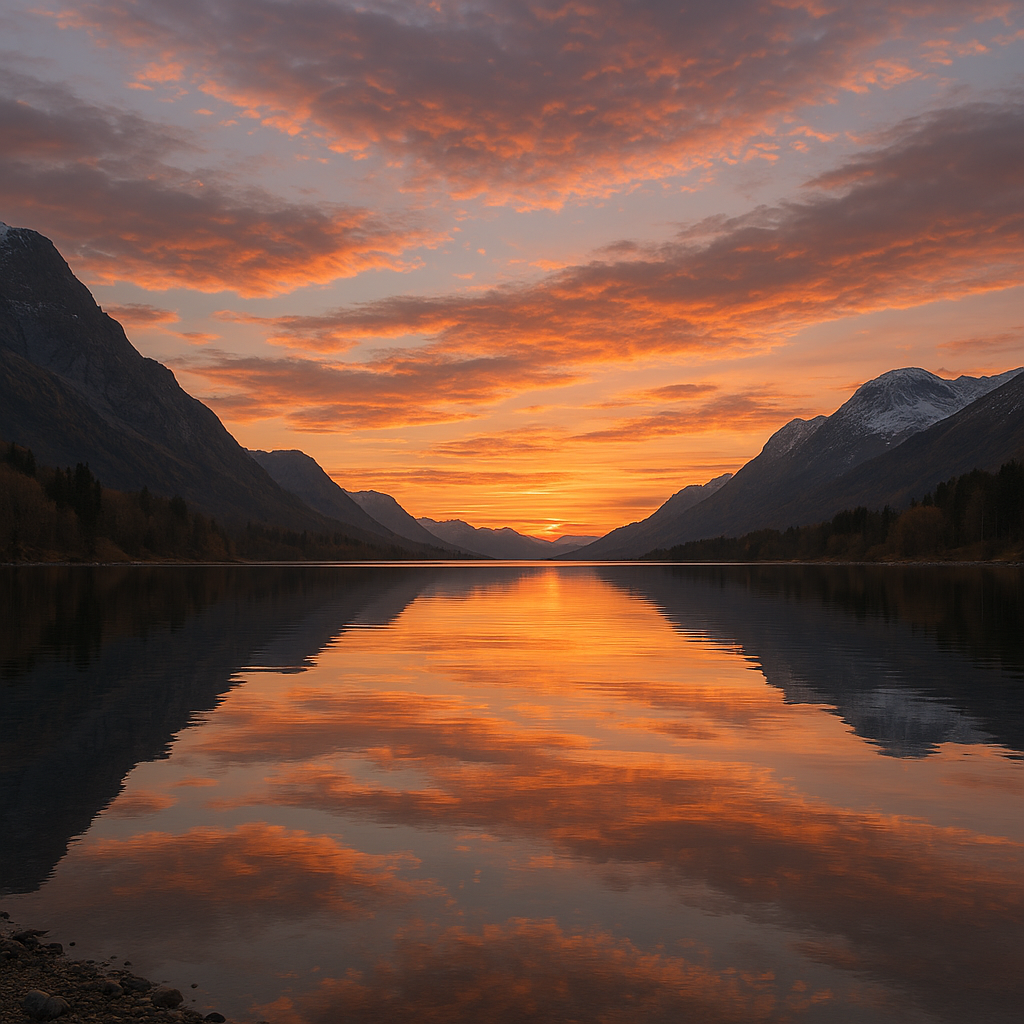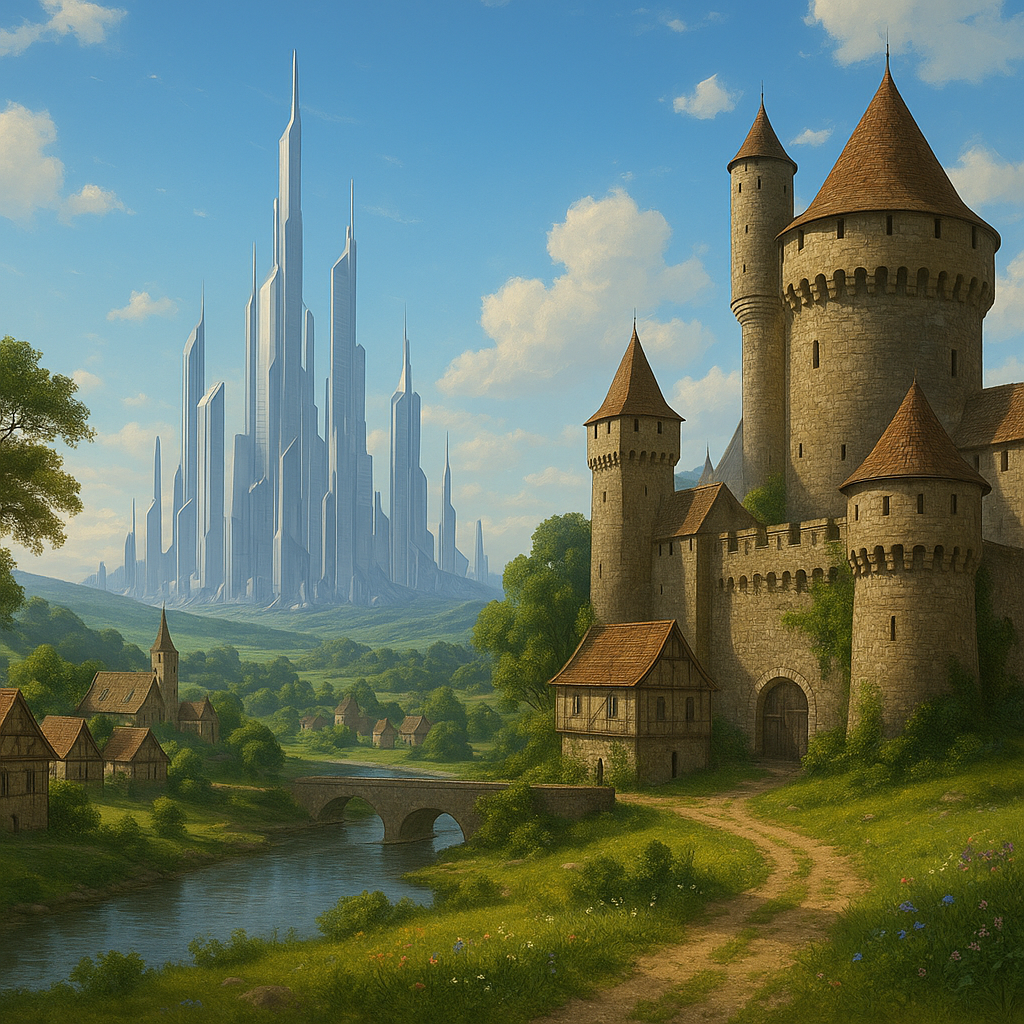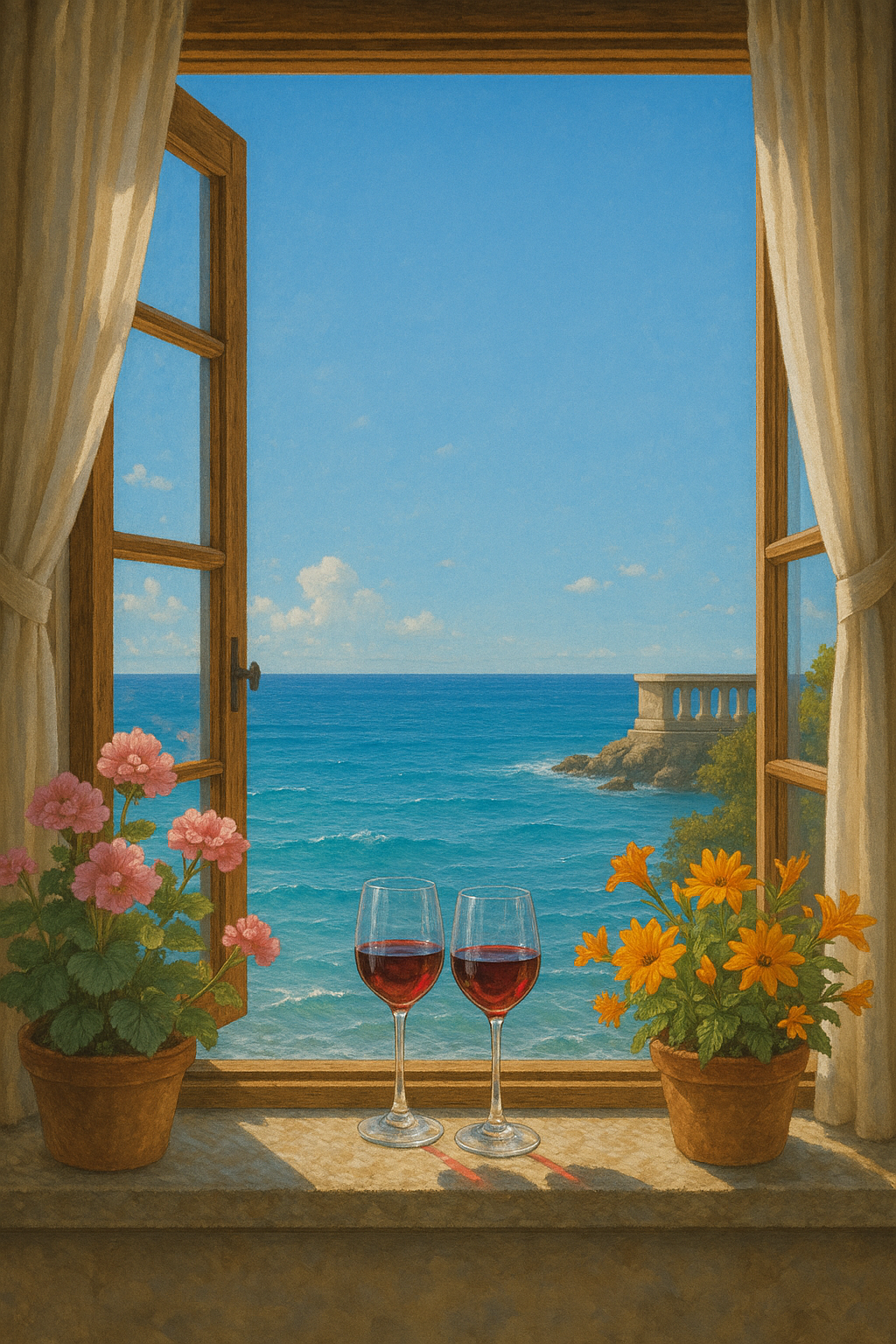My Experience Generating Images with Artificial Intelligence: What I Liked
The first time I heard it was possible to generate images from text, it seemed almost magical. How could artificial intelligence interpret a description and turn it into a realistic or even artistic image? Although I found the idea interesting, it wasn’t until I decided to try it that I truly understood its creative potential.
I chose to use a platform with an AI-based image generator. I sat in front of the screen and typed a simple description: a peaceful sunset scene with mountains in the background and a lake reflecting the colors of the sky. Within seconds, the AI processed the text and generated several visual versions. What I saw amazed me: the images weren’t just visually appealing, they captured exactly the atmosphere I had in mind, with warm tones, soft reflections, and a level of detail I didn’t expect.

From there, I started experimenting. I tried different styles: realism, digital art, vintage style, even something inspired by watercolors. In each case, the system interpreted my descriptions with far more precision than I imagined. I realized that the more specific the description —including colors, background elements, emotions, or artistic styles— the better the results. It was like learning to speak with a creative tool that, although it doesn’t have its own imagination, knows how to turn words into art.
One of the things I liked most about the experience was how quickly I could visualize ideas. Before, if I wanted to illustrate a scene for a project, a story, or even just a loose idea, I depended on searching stock images or trying to draw something myself. Now, with AI, I could generate exactly what I wanted in seconds. This opened up new possibilities not only as a user, but as a content creator. I started thinking of images as part of the creative process from the beginning, not just as a final resource. I also discovered that generating images helped unlock ideas. On several occasions, an image created from a simple description ended up inspiring me to write a story or develop a larger concept. That is to say, it wasn’t just a visual tool, but also a creative trigger.
What I also loved was the ability to play without limits. I could combine elements impossible in real life: a futuristic city in the background of a medieval landscape, or a portrait of an animal dressed as a historical character. Artificial intelligence doesn’t have biases or question whether something makes sense—it just creates, and that in itself is liberating.

In short, my experience generating images with artificial intelligence was much more enriching than I expected. I liked the precision, speed, creative freedom, and the fact that each image gave me something unique—even if I started from the same description. For projects like newsletters, articles, or personal visual ideas, this technology stands out as a powerful tool. And best of all, I feel like I’m just beginning to discover what can be done with it.
What I Didn't Like About the Experience Generating Images with AI
Although generating images with artificial intelligence was a fascinating and very useful experience, it’s not perfect. It has limitations in terms of accuracy, consistency, and control. However, I believe these drawbacks don’t overshadow the enormous creative potential it offers. It’s just a matter of understanding its capabilities well and using it as a complementary tool, not a complete replacement for the human creative process.
Creating AI-generated images can be a powerful tool to enhance newsletters, both in terms of visual appeal and efficiency. By integrating customized and unique images into your newsletters, you can capture the reader’s attention more effectively, making the content visually attractive and memorable. AI lets you create images that perfectly complement the theme or tone of the message you want to convey, without needing to hire graphic designers or search stock photo libraries.
AI-generated images can be tailored exactly to your audience’s needs—whether creating specific illustrations for a topic, generating visual graphics for complex data, or crafting striking images to highlight a call to action. This can increase your open rate and reader engagement. Lastly, artificial intelligence also allows you to experiment with innovative visual styles, such as digital art, custom illustrations, or even combinations of different genres. This helps you stand out in a sea of newsletters, giving you a unique edge that grabs the reader’s attention from the very first glance. In short, generating images with AI not only optimizes time and resources but also boosts the creativity and effectiveness of your newsletters.
Example of a generated image: a serene and romantic scene viewed from a window. In the distance, you can see the blue sea under a clear sky. Sunlight softly illuminates the entire setting, creating a warm and peaceful atmosphere.
